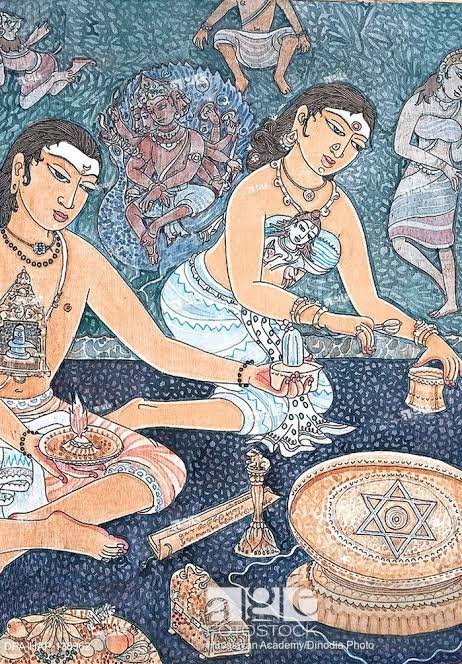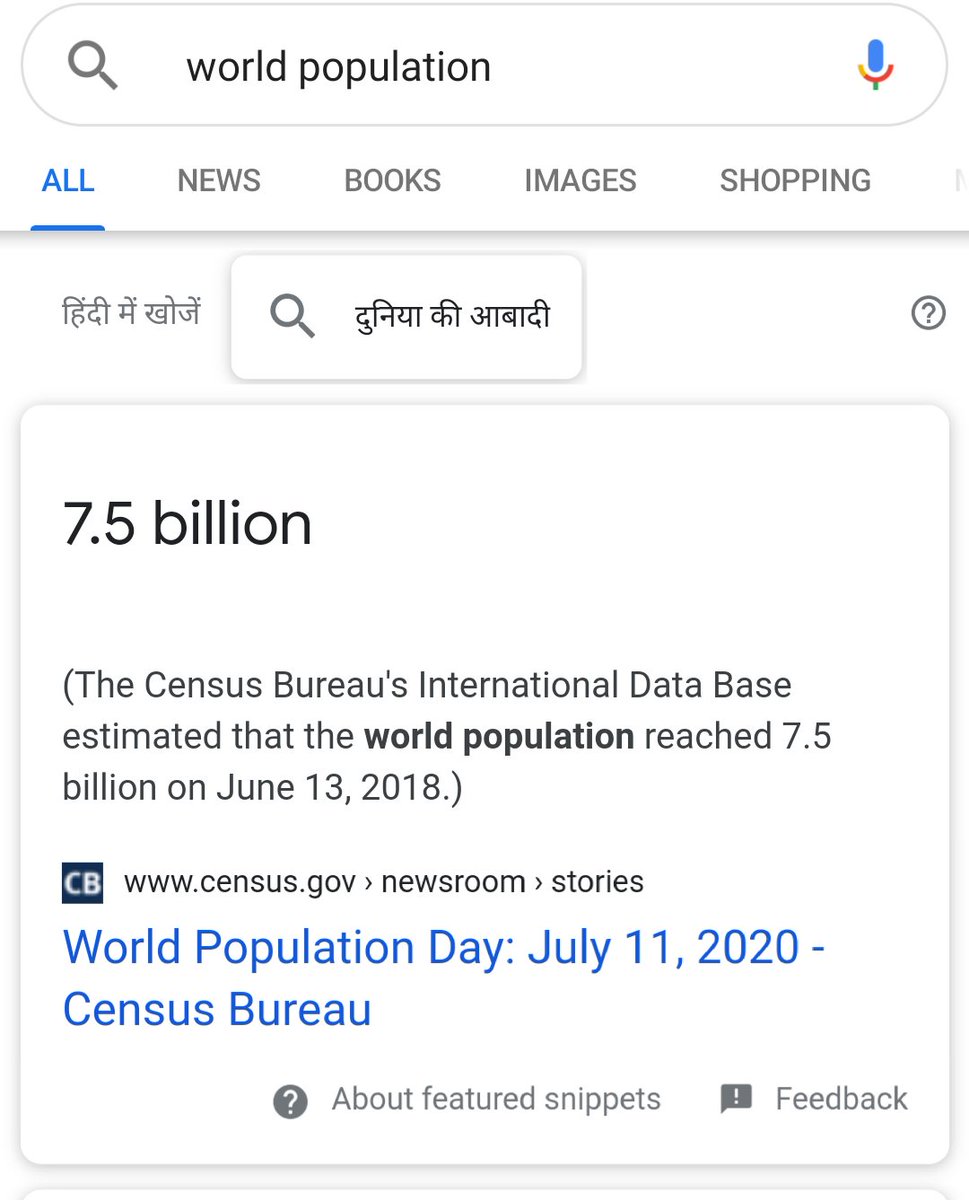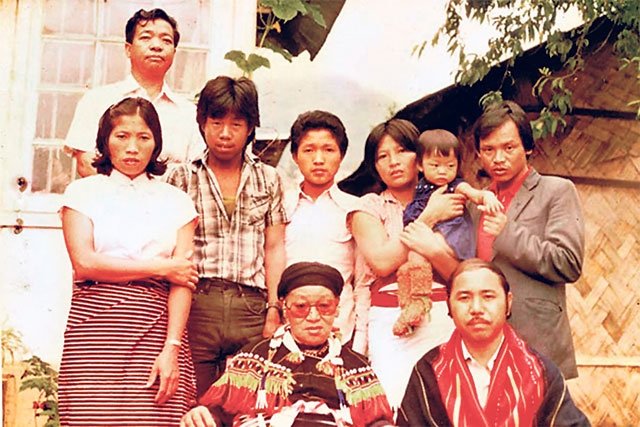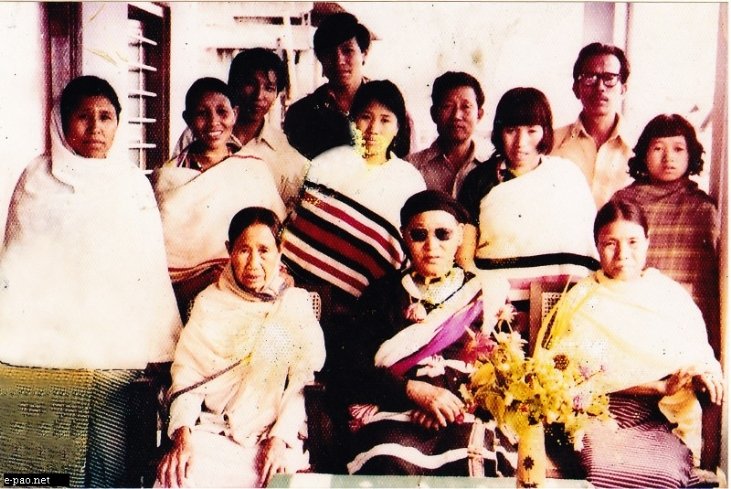#FarmReforms
#FarmBills
Who Is Protesting and Why?
Reforms have proved controversial. In Sept, BBC wondered whether they were a “death warrant” for farmers.
Some worry whether reforms might lead to the end of wholesale markets and guaranteed
Farmers might go from the local monopsonies of APMCs to the national oligopoly of Amazon-like behemoths.
Other crops do not qualify, nor do fruits and vegetables.
This was higher than the market price, but a hefty chunk of the support price ends up in the hands of middlemen through various fees and charges.
As a result, farmers in 25 of India’s 28 states and all eight union territories have not taken to the streets.
As per this farmer leader, open and competitive markets, instead of a top-down command-and-control agricultural economy, served farmer interests better.
In fact, it wants to go much further.
It wants the government to remove the ban on the export of onions and threatened to pelt BJP MPs with onion bulbs if the government fails to do so.
Not all farmers are protesting. Protests are largely confined to Punjab, Haryana and Jat strongholds in western Uttar Pradesh.
It elects 38 out of 543 MPs in the Lok Sabha, but its proximity to the capital gives it disproportionate power.
Home to Green Revolution, it has benefited from massive govt spending for decades
Irrigation subsidies account for another $190 per year. Punjab, Haryana and western UP benefit from other subsidies as well.
Some of their family members are part of the Indian diaspora in Australia, Canada, the UK, the US and elsewhere.
Some of them continue to be absentee landlords.
As a result, a narrative has emerged in the English-speaking press that is not entirely unbiased.
Some attacked the police, destroyed public property and flew flags on the Mughal-built Red Fort from where prime ministers address the nation.
This caused outrage and weakened the movement.
He broke down in tears and threatened to hang himself if the BJP government did not repeal its reforms.
Per the Indian press, Rakesh Tikait is a former policeman with assets worth 80 crore rupees ($11 million), a significant sum for a farmer in India.
They form part of the almost feudal elite that has dominated the APMCs and the rural economy for decades.
Winners of old sys and desperate not to lose what they have.
More from India
"Busy Life Daily Puja & Neivedyas"
People would always have several doubts on what to offer bhagwan in their daily puja. For some it will be a million dollar question of how to do an express puja yet a satisfying one.
Upachara - "उपचार"
Refers to the offerings and services made to Bhagwan as part of worship. In shastras there are a count of upachara pujas we do.
पांच उपचार पूजा - 5 Upacharas
षोडशोपचार पूजा - 16 "
चतुःषष्ट्युपचार पूजा - 64 "
Out of these panch is used for daily puja.

Some use 16 upachras who are well versed with the way of doing it Effortlessly and have abhishekam at home daily. 64 is exclusively for festivals and special vrat. One can choose to do 5 upacharas daily and finish your puja peacefully.
How to start your Puja ?
1. Shudhikaran & Aachaman
2. Bhootashudhi & Pranayam
3. Sankalp
4. Choice of Upachara Puja
5. Aarti
6. Pradakshina
7. Mantra Pushpam
8. Bhoomi Sashtanga/Panchanga Namaskaram
Major pujas steps one should ideally follow
Shudhikaran & Aachaman
After bath and dressing with (washed clothes only) should arrange their requirements for puja.
Take water separately for Aachaman and Puja. Water shouldn't be used from same paatra ideally. Perform Aachaman as per your practice & for beginners - YouTube
People would always have several doubts on what to offer bhagwan in their daily puja. For some it will be a million dollar question of how to do an express puja yet a satisfying one.
Dakshina Neivedyas
— Hindu Media Wiki (@HinduMediaWiki) December 18, 2020
Havishyanna
Commonly called Ven Pongal / Kattu Pongali / Moong Dal Khichdi across states, this dish is very important in puja Niyamas. It holds highest rank in order of preferred Neivedya to Bhagwaan. This dish is considered as Golden Dish, as it looks so. pic.twitter.com/QK43q1Sxz6
Upachara - "उपचार"
Refers to the offerings and services made to Bhagwan as part of worship. In shastras there are a count of upachara pujas we do.
पांच उपचार पूजा - 5 Upacharas
षोडशोपचार पूजा - 16 "
चतुःषष्ट्युपचार पूजा - 64 "
Out of these panch is used for daily puja.

Some use 16 upachras who are well versed with the way of doing it Effortlessly and have abhishekam at home daily. 64 is exclusively for festivals and special vrat. One can choose to do 5 upacharas daily and finish your puja peacefully.
How to start your Puja ?
1. Shudhikaran & Aachaman
2. Bhootashudhi & Pranayam
3. Sankalp
4. Choice of Upachara Puja
5. Aarti
6. Pradakshina
7. Mantra Pushpam
8. Bhoomi Sashtanga/Panchanga Namaskaram
Major pujas steps one should ideally follow
Shudhikaran & Aachaman
After bath and dressing with (washed clothes only) should arrange their requirements for puja.
Take water separately for Aachaman and Puja. Water shouldn't be used from same paatra ideally. Perform Aachaman as per your practice & for beginners - YouTube



























